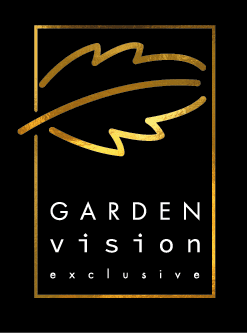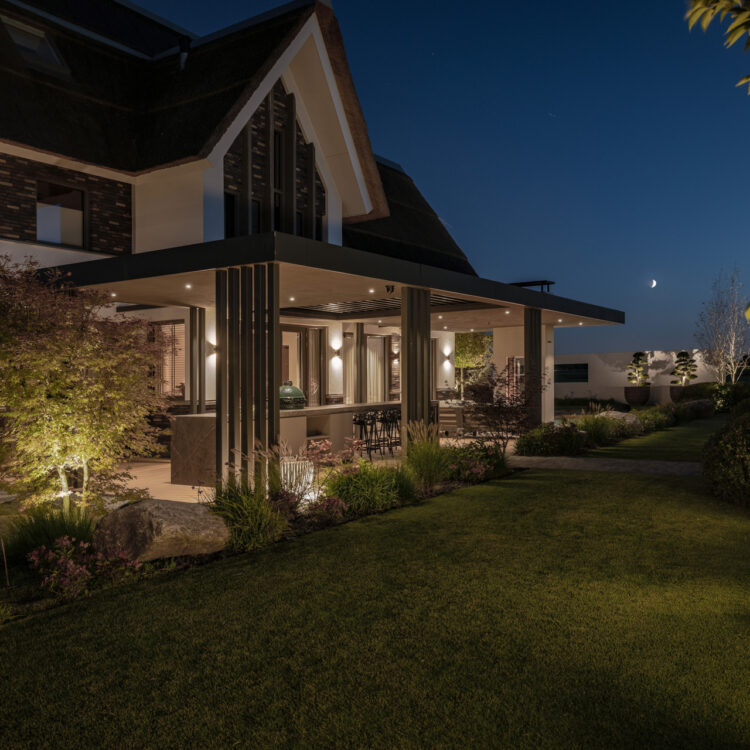In modern cityscapes, space is scarce, and the need for sustainable solutions to enhance urban environments is growing. One of the most innovative and effective ways to reintroduce nature into the city, in our view, is by creating roof gardens. National Climate Week is an ideal moment to bring more attention to this subject.

These types of roof gardens offer not only aesthetic value but also serve an essential ecological function. From our experience, an eco-friendly roof garden can seamlessly combine with a high-end, luxurious rooftop!
Cities where Garden Vision has already realized roof gardens of this calibre include Amsterdam, Rotterdam, and Utrecht, as well as coastal locations like Kijkduin. Take a look at our recently completed modern “green” rooftop garden in Delft.

1. Climate Adaptation
Cities often face the “urban heat island effect,” where urbanized areas are significantly warmer than surrounding rural areas. A roof garden like this helps to reduce these temperature differences. Plants and multi-stemmed trees on this roof absorb heat and provide shade, leading to a cooler temperature in and around the building. This not only enhances the indoor climate of buildings but also contributes to better air quality and reduces the need for air conditioning.

2. Water Management and Flood Prevention
In addition to reducing heat, this roof garden also contributes to improved urban water management. By retaining rainwater and releasing it gradually, this roof garden helps prevent overloading of the sewage system, which is especially crucial during heavy rainfalls that are becoming more frequent due to climate change. Moreover, the rainwater serves as a resource for the plants, minimizing the need for additional water sources.

3. Improved Air Quality
The plants absorb carbon dioxide (CO2) and produce oxygen, positively impacting air quality in this urban area of Delft. This is particularly important in cities where air pollution is a growing problem. Additionally, plants act as natural filters, removing fine particles and other pollutants from the air, contributing to a healthier living environment for urban residents.
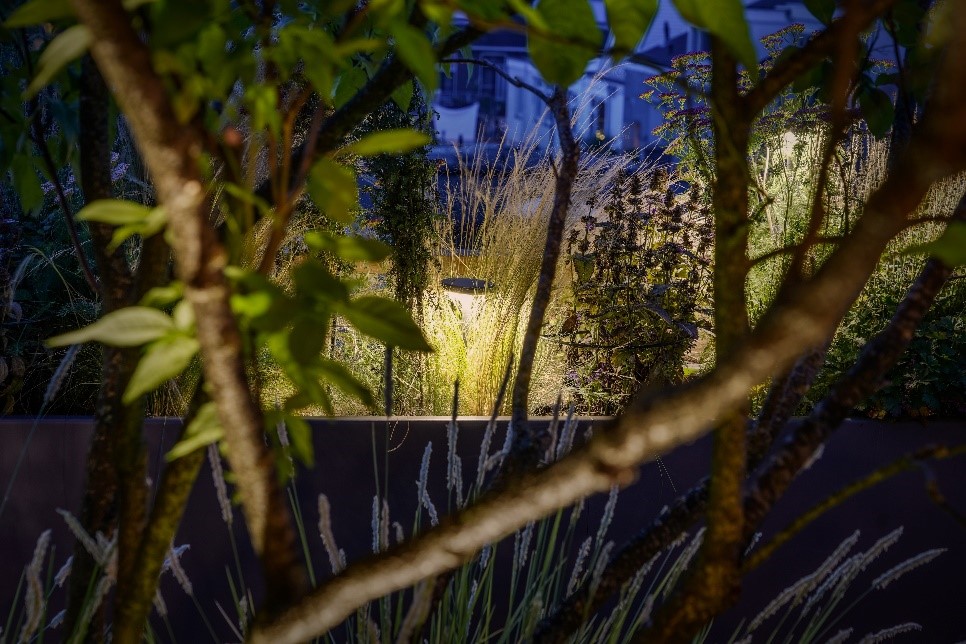
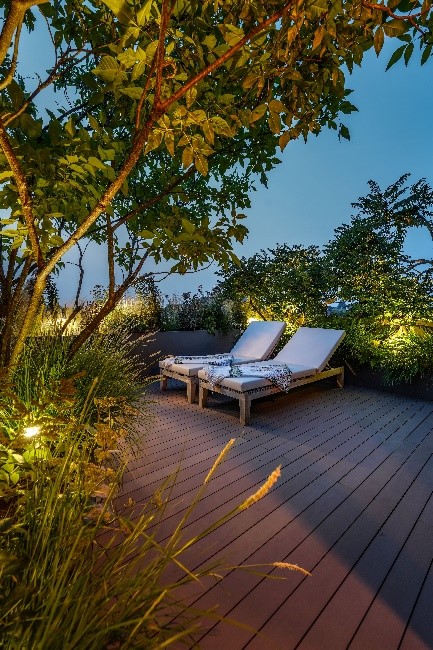
4. Biodiversity
Urbanization has led to the loss of natural habitats for many plants and animals. In our previous blog, “Exclusive Roof gardens Enhance Urban Biodiversity” we explored this in greater depth. roof gardens serve as refuges for a wide range of flora and fauna, including insects, birds, and small mammals. Especially when native plant species are chosen (as recommended by Studio Redd in their planting plan), roof gardens can contribute to the restoration of urban biodiversity. They not only provide a resting spot for wildlife but also act as a connection between other green spaces, such as parks and gardens, spread throughout the city.
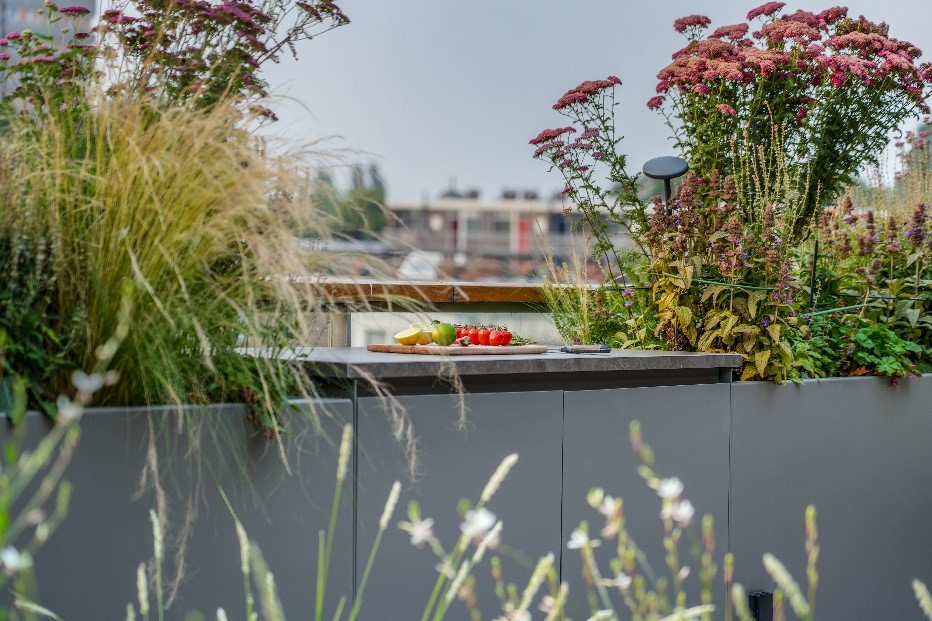
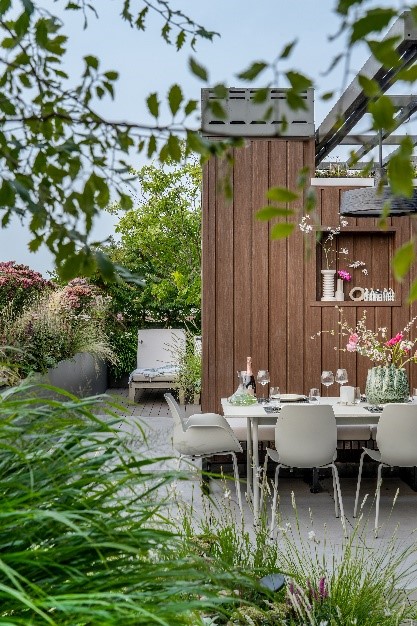

The Fusion of Eco-Friendliness and Luxury
In the past, sustainability was sometimes seen as something that compromised luxury or aesthetics. This is no longer the case. A modern roof garden like this demonstrates that eco-friendliness and high-end luxury go hand in hand. How can a roof garden be both chic and green? In more of our projects, you’ll find the sustainable composite decking from Esthec as an alternative to scarce wooden decking. Esthec Terrace is wear-resistant, anti-slip, and feels great underfoot. It has the appearance of wood but all the advantages of composite: strong, durable, and lightweight. And it comes without the drawbacks of wooden decking, like cracking, splintering, warping, or weathering. With a screwless fastening system, it offers a sleek look that is also hurricane-proof, thanks to clip fastening. This makes it ideal for green rooftop applications.
Conclusion
See more of this project, the Modern Delft “green” rooftop garden, on our page or view more urban gardens on our website.


The beauty of it all is that these green spaces are not only functional but can also be beautifully designed. Eco-friendly roof gardens pair perfectly with high-end, luxurious designs. Garden Vision transforms urban rooftops into green oases that provide both ecological and aesthetic value.

See more of this project, the Modern Delft “green” rooftop garden, on our page or view more urban gardens on our website.
In collaboration with:
Photographer: Robert Koelewijn Photography
Architect: Studio REDD
Decking: Esthec
Tiles: Trivium
